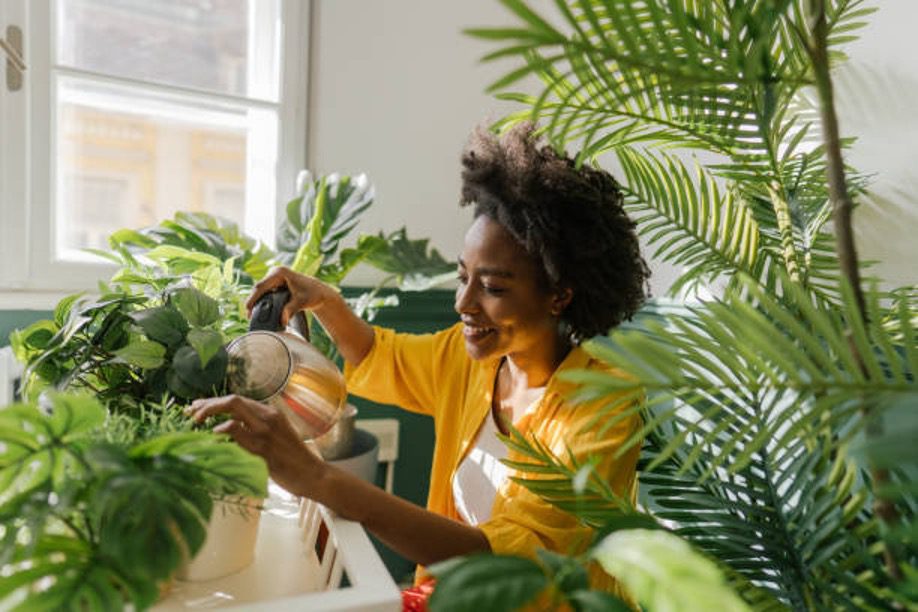5 easy ways to ensure eco-friendly self-sustaining garden routine
Gardening is a useful hobby that makes many people fall in love with what they do and even creates plant masterpieces. But is it good for the environment? There are many types of gardens here and there. Some people stick to traditional ways of managing plants, while others prefer to use technologies harmful to nature. And here comes the time when self-sustaining gardens come to the fore.
What are the self-sustainable garden types? As you can infer from the name, such gardens are capable of self-cleaning and self-assistance without any support from the gardener. At times, some kind of intervention from the gardener is needed, but it can’t be compared with the level of attention you pay to a regular garden.
Do you know that your garden may be pretty ecologically centered and doesn’t harm the environment that much? It’s time to check out the main working tips to make your gardening routine less harmful to nature.
Top 5 protective tips to use with the self-sustainable gardens
Many people wonder how to create a garden that requires little or no attention from the gardener. The answer is simple because self-sustaining gardens have been long here offering people the best from the gardening world. The next 5 habits will lead you to a less demanding gardening experience.
Take care of the soil
If you’ve been gardening for a long time, you must know how chemical the soil might be. People try to invest in the soil and fill it with chemicals to make their plants grow faster. Hence, it harms nature and makes your garden less sustainable. For this reason, the choice of the relevant soil type is important.
It’s easier to take care of your soil from the very beginning by using a natural and fully accepted method which is composting. You don’t need to check if things are good enough. Composting is nature-friendly and doesn’t require much intervention from the gardener.
Prefer the needful crops
It all starts with the plants you decide to use for your garden. The obvious thing is to plan the greenery that requires little attention or even no intervention. How to choose the most fitting examples? The best way to do so is to choose plants that are natural for your environment. Growing rare or unique foods isn’t the point of the environmental gardens.
By the way, if you are unfamiliar with the plants that grow in your garden or want to learn more about the species, you can always try the house plant identifier. LiLy – Plant identifier is a handy app that helps find what is kept in your garden, for example, an unknown plant, fruit, or vegetable.
Cover crop use helps a lot
Do you have a wide range of crops planted in your full-scale garden? Even big-size gardens can be more nature-friendly and self-sustainable if you select relevant cover crops. These could be natural materials, such as alfalfa or annual rye. This is what helps cover the crops without the use of synthetic, unnatural materials. And it also serves well and doesn’t require a lot of attention.
Plastic reuse routine
One way or another, gardening can’t go without plastic use. The gardeners use different containers and bottles to take care of the self-sustaining plant examples. If you have lots of them and can’t substitute them with other materials, you should either reuse them or recycle them if they are not in use anymore. This is a handy, yet simple tip for everyone interested in self-sustainable and eco-friendly gardening.
Use water on purpose
The extensive use of water is another issue to be solved with the help of sustainable gardening. How is it possible to conserve water? First of all, you can alter your watering rounds. Watering your garden twice a day is better than doing it all day long. Furthermore, many gardeners collect rainwater that perfectly fits the purpose of watering the soil.
Final Thoughts
Gardening can be a resourceful routine bad for the nature and ecological environment. However, it’s easy to stick to the nature-friendly routine with the self-sustainable gardening hacks. In the article, there are top 5 tips to make your garden more nature-oriented.









Leave a Reply
View Comments